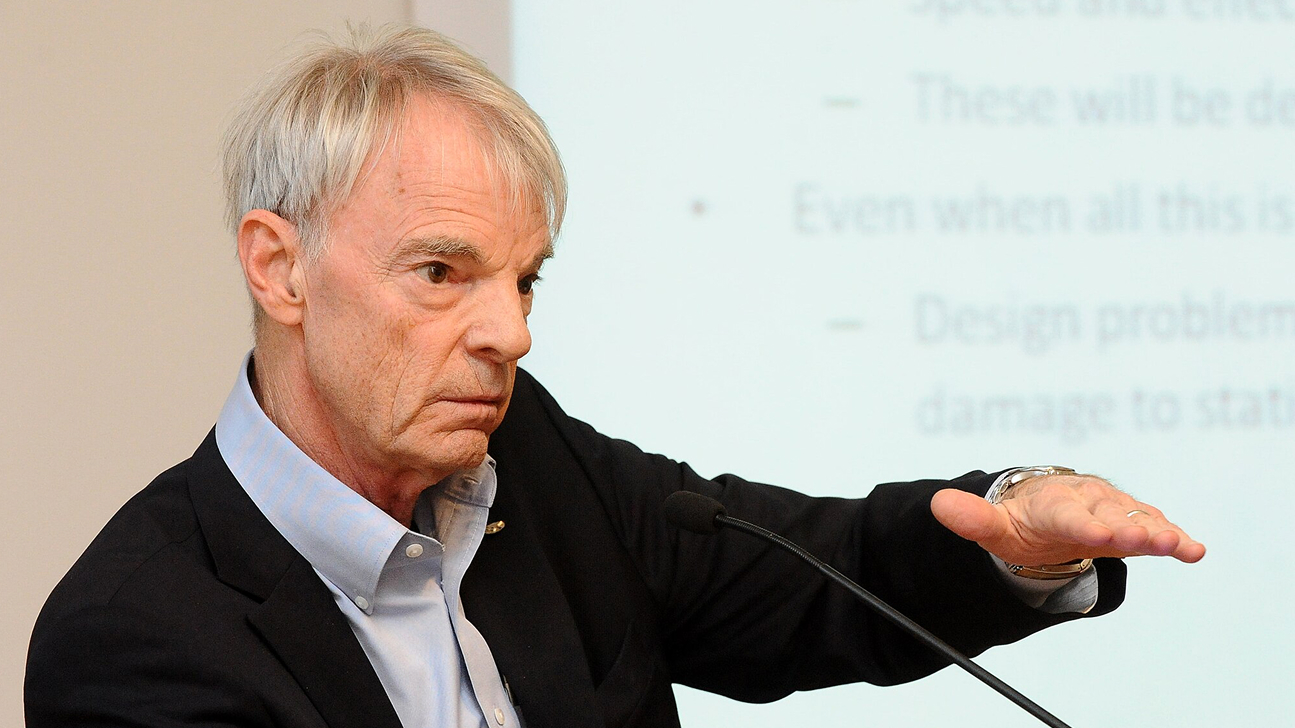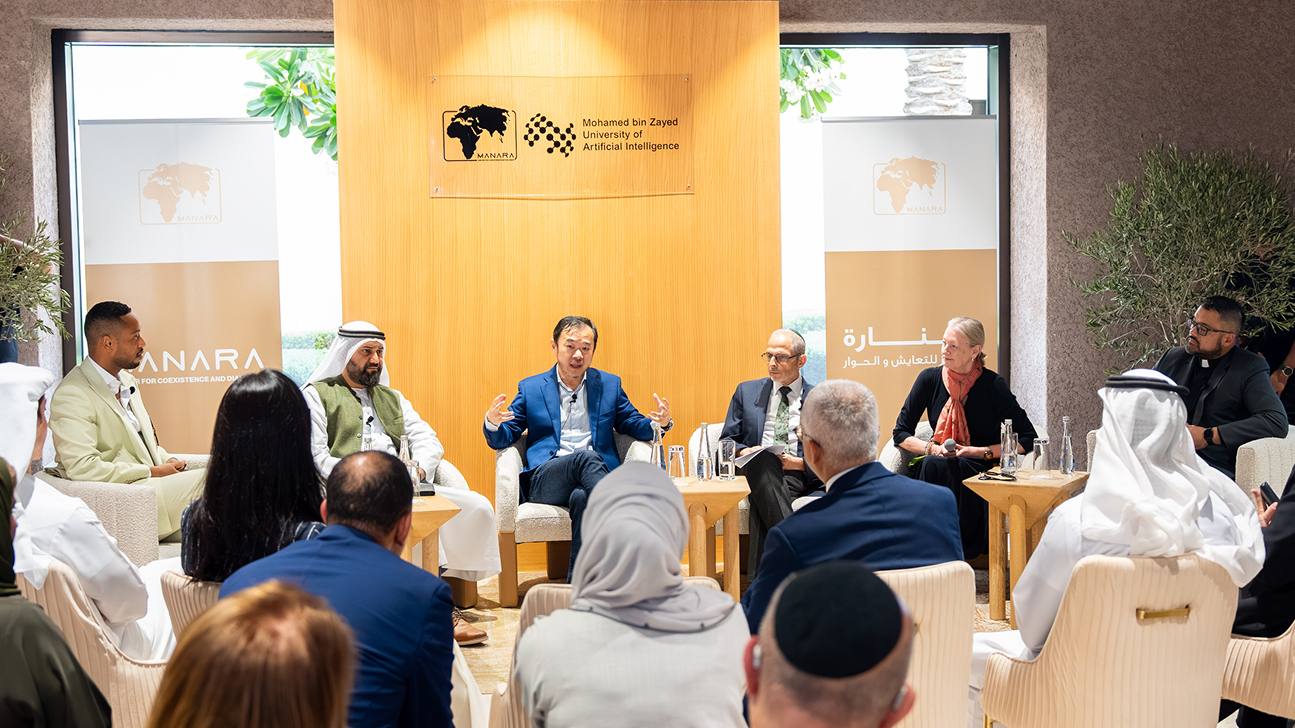Graph neural network approach for decentralized multi-robot coordination
Monday, February 26, 2024
Today’s urban rail transit and warehousing logistics increasingly rely on automated mobile robots to handle and distribute passengers or resources. However, as the scale of the system expands dramatically, decentralized rmutli-obot path algorithms will be key to improving system effectiveness. In recent years, Graph Neural Networks have become increasingly active in the field of machine learning, used to process topological models or non-Euclidean data. This report will focus on what Graph Neural Networks are, how to build an information sharing mechanism within a decentralized multi-robot system through Graph Neural Networks, and combine imitation learning to train a decentralized, low-power framework to approximate the performance of optimal solution algorithms that have higher demands on computational power and time. In terms of physical experiments, we propose a purely visual machine learning-assisted navigation technology. This technology first encodes relevant viewpoint information of panoramic cameras scattered in the environment through a convolutional network, and then communicates it to mobile robots through a graph neural network. The model will obtain performance close to the best motion algorithm through imitation learning training, thus effectively guiding robots in the environment to their destination. Our experiments have proven its universality in guiding robots in previously unseen environments with various sensor layouts.
Post Talk Link: Click Here
Passcode: .2jo$BXZ
Speaker/s
Qingbiao Li is postdoc researcher at Oxford Robotics Institue at University of Oxford. He obtained his PhD student at Prorok Lab in the Digital Technology Group (DTG) at the University of Cambridge under the supervision of Dr Amanda Prorok. During his PhD, he focuses on communication-aware motion planning for multi-robot coordination. He is investigating Graph Neural Networks (GNN) to build communication channels for multi-agent and multi-robot systems so that they can learn how to communicate between each other explicitly. His research can be applied to mobility-on-demand systems, automated warehouses, and smart cities.
Prior to joining Cambridge, he was working in the Hamlyn Centre at Imperial College London, founded by Prof Guang-Zhong Yang and the Lord Ara Darzi, in the field of medical robotics and healthcare to earn my MRes in Medical Robotics and Image-Guided Intervention. He was supervised by Prof Daniel Elson for an eight-month research project about oxygen saturation (StO2) estimation, and graduated with a distinction. He also held an MEng degree in Mechanical Engineering from the University of Edinburgh.
Academic Homepage:
https://cas5-0-urlprotect.trendmicro.com:443/wis/clicktime/v1/query?url=http%3a%2f%2fqingbiaoli.github.io&umid=885eb2a8-bb7d-11ee-8159-6045bd14fbf4&auth=30f123a032afde9cf6a759dbc7bbb78d9968b0f7-60fa88c0fefa5ebc9eb3e673ba7672283c7dde8e
YouTube Channel:
https://cas5-0-urlprotect.trendmicro.com:443/wis/clicktime/v1/query?url=https%3a%2f%2ftinyurl.com%2fbdn7j7xb&umid=885eb2a8-bb7d-11ee-8159 6045bd14fbf4&auth=30f123a032afde9cf6a759dbc7bbb78d9968b0f7-bcf6b69220186cdf32287d02d09b90587b7ffb18
Bilibili:
https://space.bilibili.com/3493077882767724
Related
Nobel Laureate Michael Spence on how AI is redefining the global economy
Nobel Prize-winning economist Michael Spence explains how AI is reshaping the economic landscape and what is needed.....
- digital policy ,
- governance ,
- Nobel Prize ,
- guest talk ,
- guest lecture ,
- economics ,
- Economy ,
- Undergraduate ,
Understanding faith in the age of AI
MBZUAI hosted a panel discussion in collaboration with the Manara Center for Coexistence and Dialogue focused on.....
- connection ,
- discussion ,
- religion ,
- spirituality ,
- faith ,
- conversation ,
- panel ,
- Human–computer interaction ,

